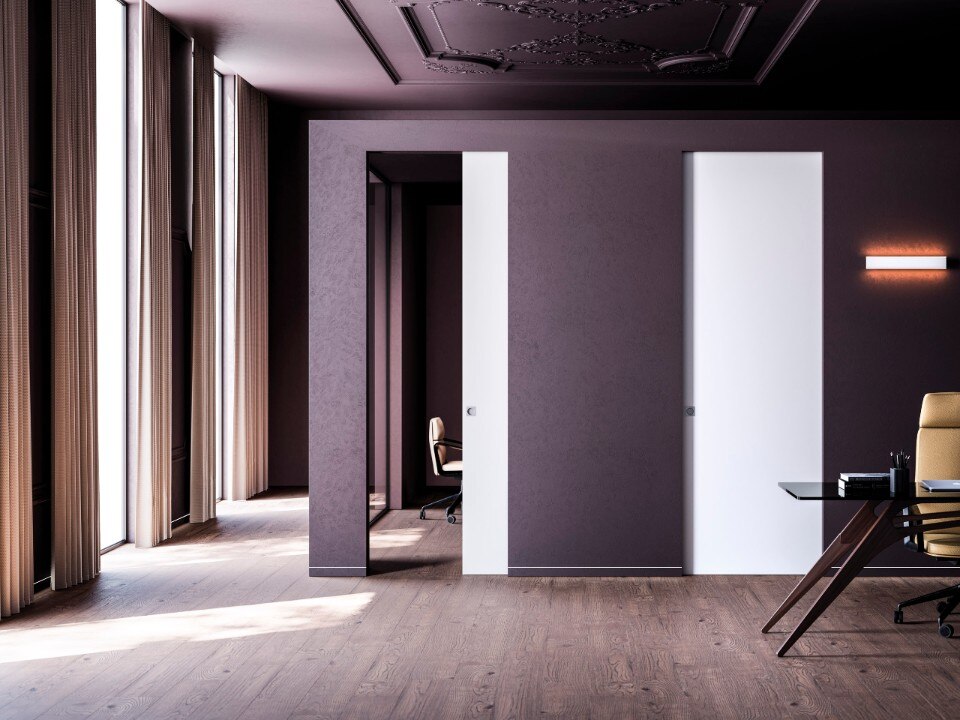Renault drew inspiration for the Filante Record’s futuristic design from two historical Renault supercars: the 40CV des Records from 1925 and the 1965 Étoile Filante. To maximize the car’s aerodynamic efficiency, the Filante Record’s body is only 1.19 meters tall and 5.12m long. The total weight is just short of 1000 kg.
The car sports the same 87kWh battery that powers Renault’s Scenic E-Tech, while all the other components, including the wire-based steering wheel and braking system, have been engineered to minimize weight.

“We designed this vehicle as a sculpture in motion. Inspired by fighter planes and the speed records of the nineteenth century, it reflects both performance and timeless elegance”, said Sandeep Bhambra, director of advanced design at Renault and Ampere. “Every inch of the surface was crafted to capture the light and showcase the body lines, which appear to melt into the air. The blue windows and color palette further underline this light and airy impression. The design as a whole seeks to convey an impression of flow and lightness.”

The Filante’s wheels have also been carefully faired in order to reduce their impact on performance. Renault’s engineers initially used simplified shapes for the car body and then perfected the design as a trade-off between styling and aerodynamic performance. As usual for concept cars, Renault sees the Filante Record as a laboratory for new technologies that might eventually end up being integrated into production EVs in the future. The concept debuted at the Retromobile auto show in Paris and will attempt to break the world land speed record later this year.

Eclisse: when invisibility art shakes up interior design
A leader in manufacturing pocket door frame systems, Eclisse redefines the concept of living space. Through solutions like Syntesis Line, the company transforms doors into continuous design elements.








